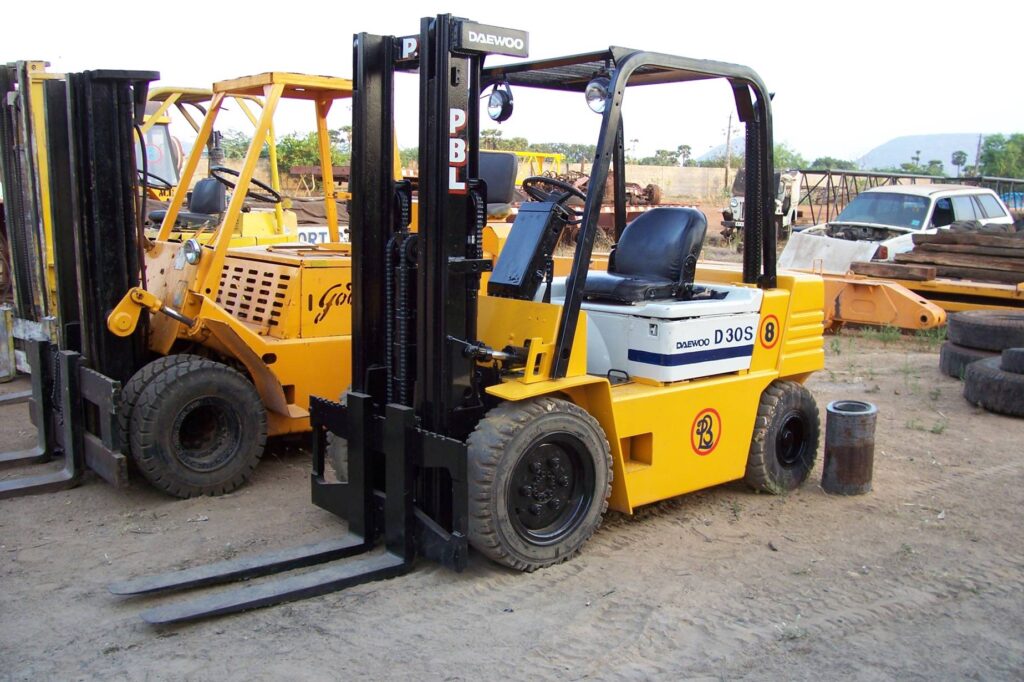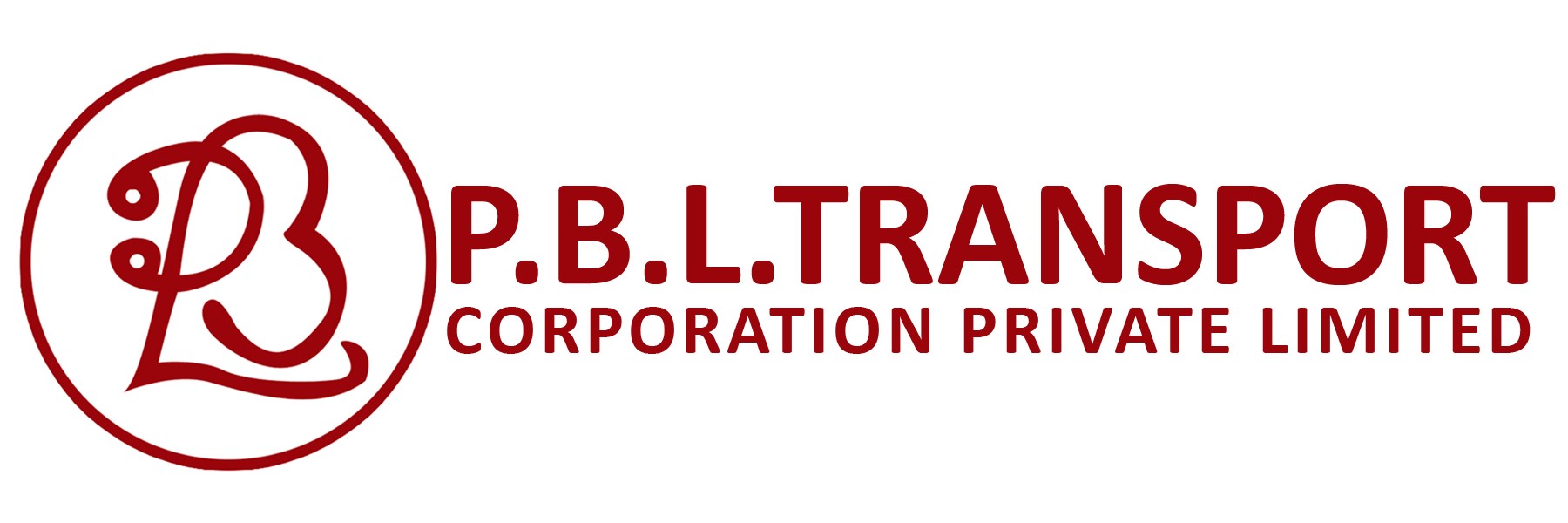Table of Contents
In the bustling realm of warehouse operations, our equipments stand as indispensable workhorses, facilitating the movement of goods with efficiency and precision. However, their power and utility come with inherent risks, making our equipment safety a paramount concern in maintaining a secure warehouse environment. In this blog post, we’ll explore essential best practices to ensure the safe operation of our equipment and minimize the potential for accidents.
1. Comprehensive Training Programs
Knowledge is Power
Before operating a forklift, every employee should undergo comprehensive training programs. Training should cover not only the mechanics of operating our equipment but also warehouse-specific safety protocols, load-handling techniques, and emergency procedures. Regular refresher courses can help reinforce safety practices and keep skills sharp.
2. Strict Adherence to Speed Limits
Slow and Steady Wins the Safety Race
Enforcing and adhering to speed limits within the warehouse is crucial. Excessive speed increases the risk of collisions, especially around corners or in congested areas. Establishing and enforcing speed limits ensures a controlled and safe environment for all warehouse personnel.
3. Adequate Signage and Markings
Navigate with Clarity
Clearly marked traffic lanes, designated pedestrian walkways, and prominent signage contribute to a well-organized and safer warehouse. Floor markings indicating our equipment routes, no-entry zones, and pedestrian crossings help prevent accidents by providing visual guidance for both our equipment operators and pedestrians.
4. Regular Equipment Maintenance
Healthy Forklifts, Safe Operations
Regular maintenance checks are essential to ensure that our equipment is in optimal working condition. This includes inspections of brakes, steering mechanisms, tires, and other crucial components. A proactive maintenance schedule not only prevents unexpected breakdowns but also enhances the overall safety and efficiency of forklift operations.
5. Proper Load Handling Procedures
Balancing Act
Training programs should emphasize proper load handling techniques, including weight distribution, secure stacking, and awareness of the forklift’s load capacity. Overloading a forklift can compromise stability and increase the risk of tipping, leading to serious accidents.
6. Pedestrian Awareness Programs
Sharing the Space Safely
Pedestrian workers are an integral part of warehouse operations. Implementing pedestrian awareness programs helps both forklift operators and foot traffic share the same space safely. This includes educating pedestrians about designated walkways, the importance of making eye contact with forklift operators and maintaining a safe distance.
7. Emergency Response Preparedness
Swift and Informed Actions
In the event of an emergency, swift and informed actions can make a crucial difference. Establishing clear emergency response protocols, including evacuation procedures, first aid training, and communication plans, ensures that all warehouse personnel are equipped to handle unexpected situations with efficiency and composure. Here is a video about forklifts.

Conclusion: A Secure Warehouse is a Productive Warehouse
Prioritizing forklift safety is not just about compliance; it’s an investment in the well-being of your workforce and the efficiency of warehouse operations. By implementing these best practices and fostering a culture of safety, warehouses can create an environment where forklifts operate seamlessly, and the risk of accidents is minimized.
Remember, in the realm of forklift operations, safety is not just a practice—it’s a commitment to the well-being of your team and the success of your warehouse. For more blog posts, check out our blog. In the realm of forklift operations, safety isn’t just a practice—it’s a commitment to the well-being of your team and the success of your warehouse, ensuring a secure and thriving workplace.
